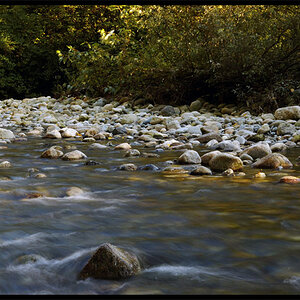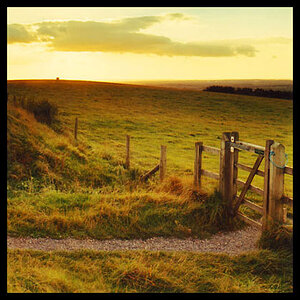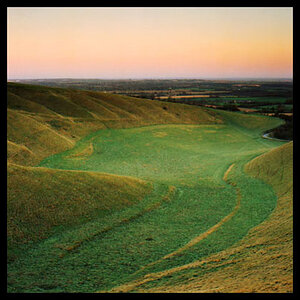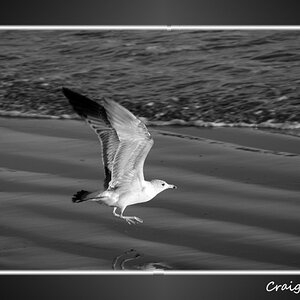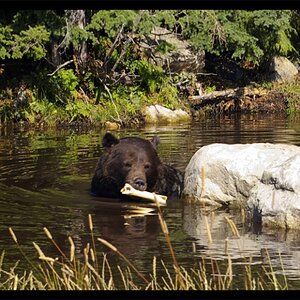Andreal
TPF Noob!
- Joined
- Jun 1, 2007
- Messages
- 60
- Reaction score
- 0
- Can others edit my Photos
- Photos OK to edit
Ok, so I hear people talking about metering and exposure alot. Now I understand exposure fine (well I understand shutter speed and apeture well enough, I'll learn more about ISO and stuff when I'm more comfortable with it  ), im a little confused about metering though. I understand from reading the manual that it has something to do with how the camera sets exposure (is it only used in auto modes then?) and I know that my camera can be set to three different metering methods (3d Matrix, Center-weighted and Spot). I guess I just mostly want to know when to use each type, at the moment i dont really understand what it is and when it should be changed.
), im a little confused about metering though. I understand from reading the manual that it has something to do with how the camera sets exposure (is it only used in auto modes then?) and I know that my camera can be set to three different metering methods (3d Matrix, Center-weighted and Spot). I guess I just mostly want to know when to use each type, at the moment i dont really understand what it is and when it should be changed.
Thanks!
Thanks!



![[No title]](/data/xfmg/thumbnail/32/32806-e16129723fd659a65a21d27ec96c2637.jpg?1619735667)

